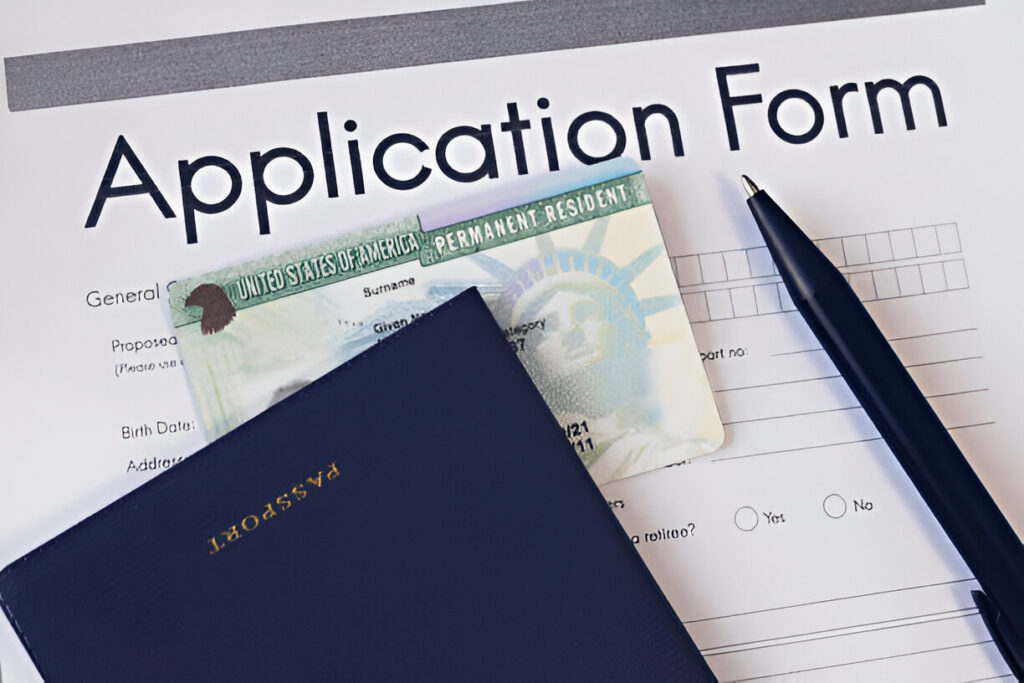Australia’s thriving economy and high standard of living make it an attractive destination for skilled workers from around the world. For employers seeking to fill skill shortages and potential employees looking to make a move down under, understanding the intricacies of the 482 visa requirements is crucial. This visa, which falls under the Temporary Skill Shortage (TSS) visa subclass, is a pathway that enables Australian employers to sponsor a skilled worker from another country to fill a job vacancy.
Overview of the 482 Visa
The TSS visa serves as a solution for Australian businesses to address labour shortages by bringing in skilled workers where employers cannot source an appropriately skilled Australian worker. This visa allows the holder to stay in Australia for either one to four years, depending on their occupation and the terms of the agreement. It also offers a potential pathway to permanent residency for some applicants.
The Role of Australian Employers
Before sponsoring an overseas employee, employers must become approved sponsors. They are required to prove that they have a legitimate business and that they cannot find an Australian citizen or resident to fill the position. Once approved, they can nominate candidates for specific positions.
Employer Responsibilities and the Sponsorship Process
Australian employers must meet various responsibilities when sponsoring an international employee. They need to demonstrate that they are providing equal employment opportunities and are committed to training their Australian staff.
Additionally, they have to ensure that they are paying the market salary rate, which means that the salary for the sponsored position is equivalent to what an Australian would earn in the same role in the same location. Employers must also provide evidence of genuine need for the nominating position and that the role fits within the context of their business operations.
Understanding the Labour Market Testing Requirement
One of the key 482 visa requirements for employers is Labour Market Testing (LMT). This involves providing evidence that the employer has tried to find qualified Australian workers before seeking overseas talent. The testing must have been conducted within the 12-month period before lodging the nomination and should include details of the jobs advertised, along with the results of the recruitment effort.
Applicant Eligibility
For applicants, meeting the 482 visa requirements involves demonstrating that they have the skills necessary for the nominated position. This generally includes having relevant qualifications and work experience. In some cases, registration or licensing may be required.
Applicants are also subjected to a skills assessment for certain occupations, and they must meet English language proficiency standards, unless exemptions apply. Health and character checks are part of the process, ensuring that the applicants have no medical issues or criminal convictions that would make them inadmissible to Australia.
Visa Streams under the TSS Visa
The TSS visa has three streams: the Short-Term stream, Medium-Term stream, and the Labour Agreement stream. The Short-Term stream is for employers to source workers for occupations listed on the Short-term Skilled Occupation List (STSOL) for a maximum of two years or four years if an international trade obligation applies.
The Medium-Term stream allows employers to source workers for occupations on the Medium and Long-term Strategic Skills List (MLTSSL) for up to four years, with eligibility for permanent residency after three years.
The Labour Agreement stream is for employers who have entered into a labour agreement with the Australian Government because they are in need of workers for specific positions not covered by the standard visa programs.
Visa Conditions and Compliance
Both employers and visa holders must comply with visa conditions, such as working only for the approved sponsor and only in the nominated occupation. Employers are also legally bound to meet their sponsorship obligations during the visa’s validity period and are monitored for compliance.
The Path to Permanent Residency
For many TSS visa holders, there is a possibility of transitioning to permanent residency, usually through the Employer Nomination Scheme (ENS) visa subclass 186 or the Regional Sponsored Migration Scheme (RSMS) visa subclass 187.
This pathway is generally available to those who have been on a Medium-Term stream for three years, but specific requirements have to be met, and employers also need to nominate the applicant for permanent residence.
The Application Process and Timelines
The application for a 482 visa involves a three-step process: the sponsorship application by the employer, the nomination of the occupation by the employer, and the visa application by the skilled worker. Processing times can vary based on the volume of applications, the stream applied under, and the completeness and accuracy of the applications submitted.
Conclusion
Navigating the 482 visa requirements is a complex process involving various steps and strict eligibility criteria for both employers and applicants. Employers need to ensure they meet sponsorship obligations and demonstrate genuine need while applicants must prove their skills and credentials. With careful planning, compliance with legal requirements, and due diligence, obtaining a 482 visa can be a smooth process leading to successful workforce solutions for Australian businesses and invaluable career opportunities for skilled international workers.
Understanding the complexities of the program is essential, and often, seeking professional advice can be beneficial. If you are in need of assistance or advice on the topic, consulting with a firm that specialises in immigration and employer-sponsored visas could help streamline the process and increase the likelihood of a successful application.



